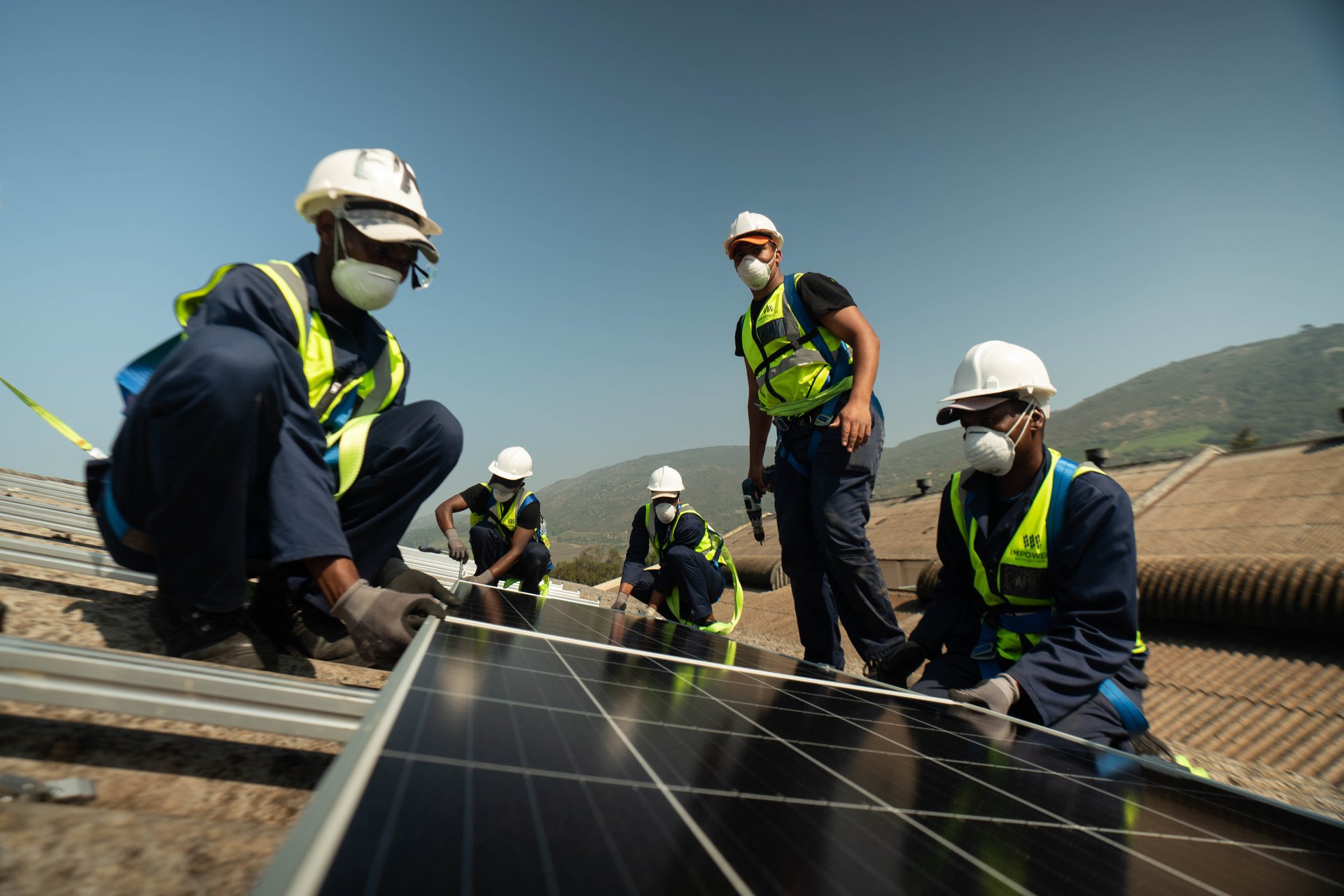Covid and the Ukraine war are squeezing Africa's power companies to death
The perilous financial state of many utilities in Africa is holding up clean energy.

Ghana’s electric grid is in dire straits. In the mid-2010s, fuel supply shortages and drought, compounded by population growth, led to a severe deficit of electricity and frequent blackouts. The government responded with generous offers on long-term electricity purchase agreements from private power plant developers, who in turn built an impressive new fleet of hydro, gas, and geothermal facilities.
Today, the problem has swung the other way: Ghana has too much electricity, but the state-owned utility is locked into contracts it no longer needs or wants, and runs at an annual deficit of $1 billion.
Now, the pandemic and the war in Ukraine are making the situation worse, pushing many utilities in Africa—which have long been strapped for cash regardless—close to financial collapse, according to an Aug. 23 research paper by Energy for Growth Hub, a Washington think tank. In addition to the risk of blackouts and crippling public debt, the crisis is impeding climate action: Many utilities lack the means to build sorely needed transmission lines and integrate renewable energy, even when doing so would lower long-term costs for the utilities and their customers.
“You’re seeing a massive intensification of the pressure on utilities,” said Katie Auth, the think tank’s policy director and a former senior energy official at the US Agency for International Development. It’s a death spiral, and the biggest barrier to clean energy deployment at scale in these markets.”
The factors driving Africa’s utilities to bankruptcy
Auth identifies four factors pushing Africa’s utilities to the brink:
🚢 Broken supply chains: Trade disruptions related to the war in Ukraine and pandemic lockdowns in China have pushed up the cost of construction materials like steel, copper, and battery minerals, and lengthened delivery times by months.
📝Trapped in contracts: Like in Ghana, many utilities are stuck with power purchase contracts they can’t afford. Those that produce their own power often sell it at a predetermined rate, meaning their margins get squeezed when the cost of fossil fuels rises. Meanwhile, the pandemic had many customers buying less electricity, or having their fees canceled by government aid packages. In 2018, the most recent year with consistent data, one-third of utilities in Africa were unable to break even. That gap is widening.
💸 Cost of capital: General economic turmoil and bad balance sheets have pushed up the risk rating for many African countries, making it more expensive to borrow. Ghana’s risk premium more than doubled between July 2020 and July 2022, for example. Because renewable energy projects require a larger share of the total cost to be provided up-front than other types of energy, they become a more expensive investment. A typical solar plant, for example, could cost 140% more in Ghana than it would in the US, according to the report, because of capital costs.
🏛️ Low public investment: All the factors above drain government coffers, too, so there’s little appetite to implement clean energy tax breaks, sign new purchase agreements, or invest in major infrastructure like transmission lines.
Governments may need to relax trade barriers that make it harder for private foreign investors to invest in things like mineral extraction and battery factories, and tighten oversight of labor abuses in that sector. Multilateral institutions like the World Bank could also expand loan guarantees on clean energy projects, and should prioritize utilities in their allocation of development aid and climate finance, Auth said.
“In a high-renewables future where countries are using massive amounts of wind and solar, the need for an extensive grid system that can sustain itself only gets more important,” she said. “Heading into COP27, the conversation tends to be about mobilizing private capital for clean energy. That’s not going to happen in the current conditions.”
